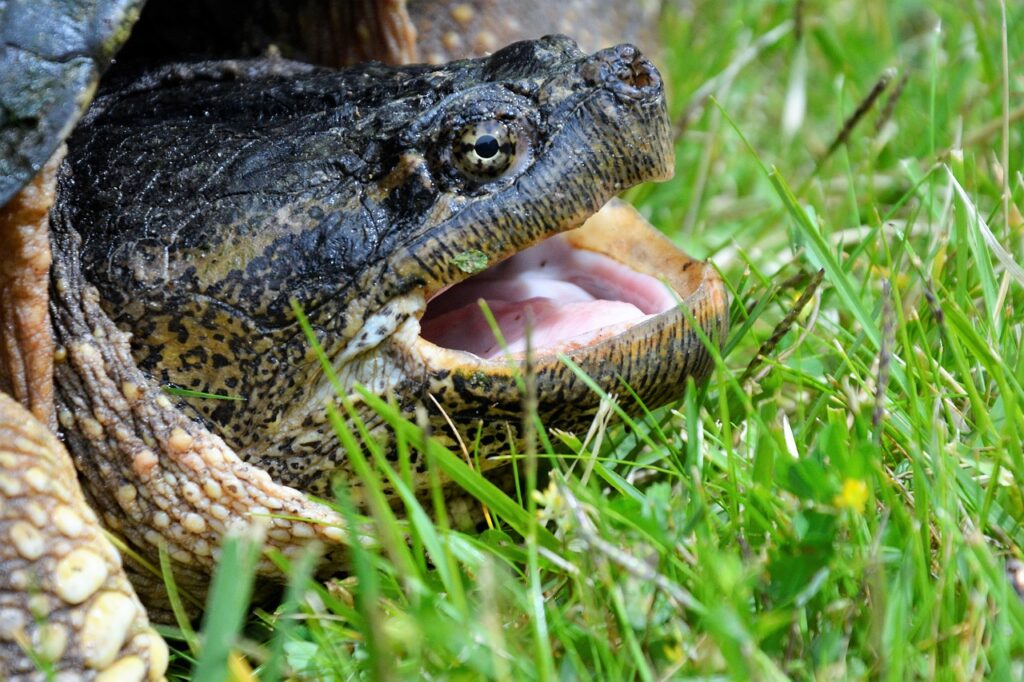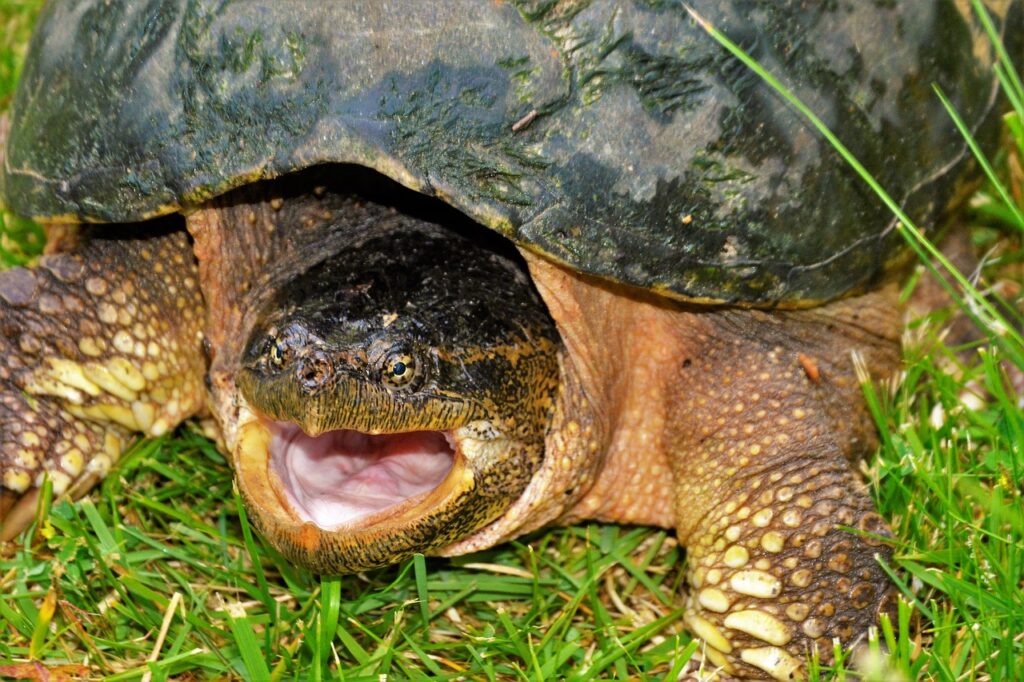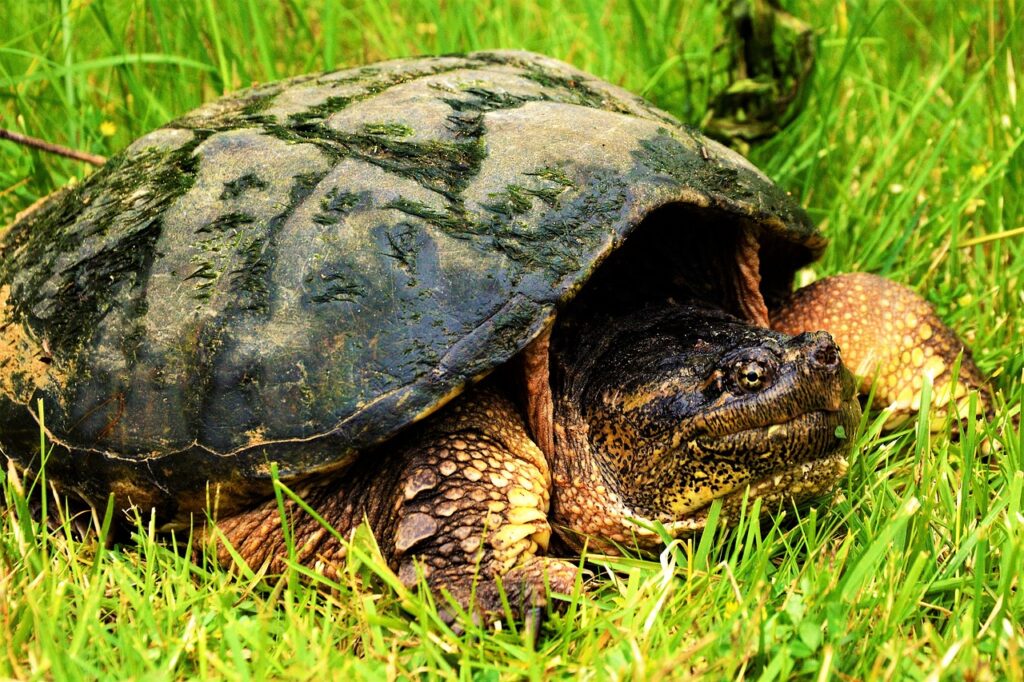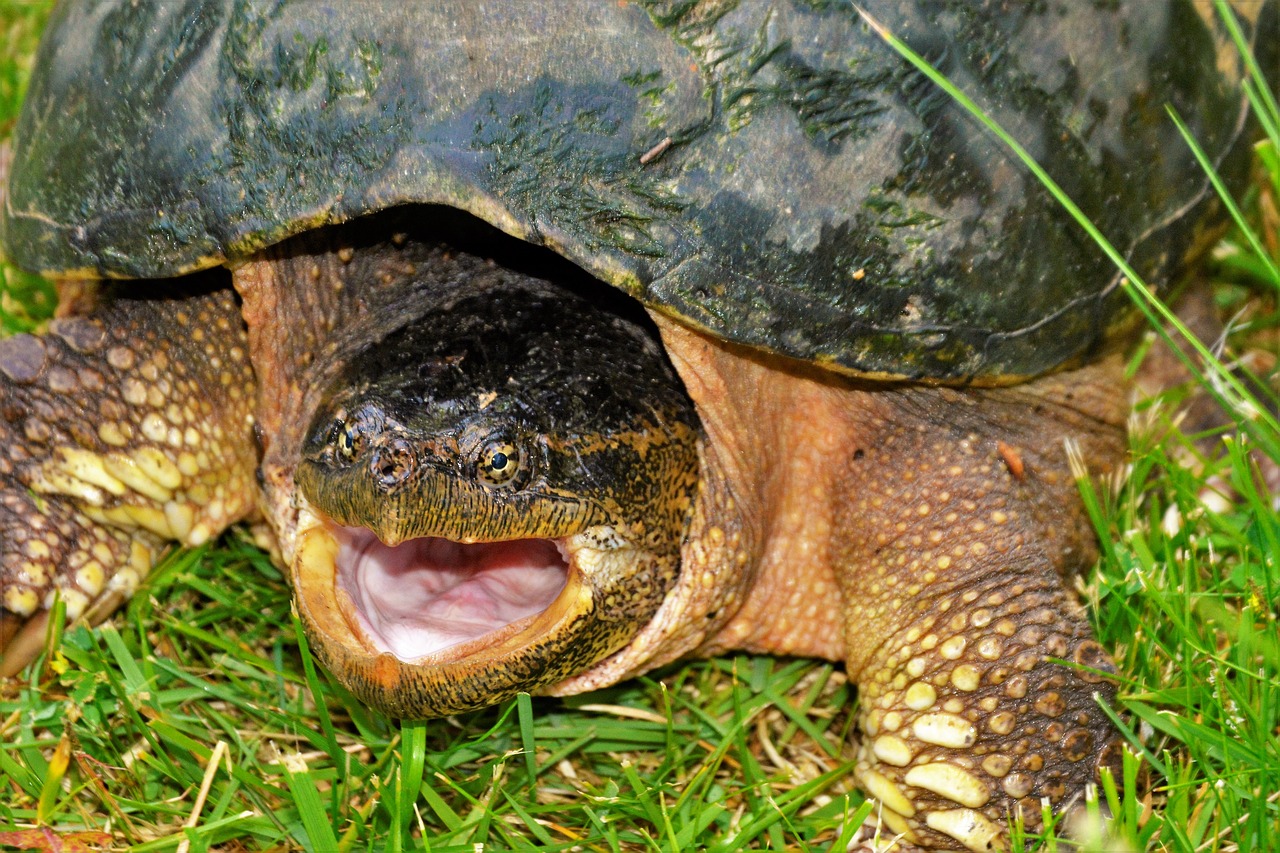Imagine the anticipation of waiting for snapping turtle eggs to hatch. You wonder, how long will it take? Will it be days, weeks, or even months? In this article, we will uncover the mystery behind the hatching time of snapping turtle eggs. Get ready to embark on a fascinating journey into the world of these magnificent creatures as we unveil the timeline of their eggs’ hatching process. Let’s dive right in and discover the amazing journey from egg to hatchling!

Factors Affecting Snapping Turtle Egg Incubation
Snapping turtle egg incubation is a crucial and delicate process that is influenced by various factors. Understanding these factors is essential for ensuring successful hatching and the survival of snapping turtle populations. From nesting habits to incubation temperatures, there are several elements that play a role in the development and hatching of snapping turtle eggs.
Ideal Incubation Temperature and Conditions
The incubation temperature and conditions greatly impact the development and successful hatching of snapping turtle eggs. Maintaining the ideal temperature range is crucial, as it directly affects the incubation period and the sex of the hatchlings. The optimum temperature for snapping turtle eggs is typically around 78 to 82 degrees Fahrenheit (25 to 28 degrees Celsius). Consistent temperature and humidity levels are necessary for the proper development of the embryos.
1. Nesting Habits of Snapping Turtles
Understanding Snapping Turtle Nests
Snapping turtles are known to be avid nesters, and understanding their nesting habits is essential for conservation efforts. Female snapping turtles typically lay their eggs in the spring, selecting suitable nesting sites to ensure the survival of their offspring. These nests are often buried in sandy or loose soil, providing a safe and protected environment for the eggs to develop.
Selection of Nesting Sites
Snapping turtles exhibit a remarkable ability to select appropriate nesting sites. They often choose areas with well-drained soil, which prevents excessive moisture accumulation that can harm the eggs. Vegetation density, sunlight exposure, and proximity to water sources also play a role in the selection process.
Nest Construction Process
Once a suitable nesting site is chosen, female snapping turtles begin the nest construction process. They use their hind feet to dig a hole, often reaching depths of up to six inches (15 centimeters). After the hole is dug, the mother then lays a clutch of eggs, which typically ranges from 20 to 40 eggs depending on the species and the size of the female. The eggs are carefully laid and covered with soil, ensuring they are well-insulated and protected from potential threats.
2. Egg Development and Stages
Formation of Snapping Turtle Eggs
Snapping turtle eggs are formed internally within the female’s body before being laid in the nest. Female snapping turtles possess ovaries which contain numerous small egg follicles. When the eggs are fertilized, they travel down the reproductive tract and acquire their protective shells before being laid.
Embryonic Development
Once the eggs are laid, the incubation process begins. The development of snapping turtle embryos happens within the eggs. The embryos rely on the surrounding temperature and humidity to progress through the various stages of development. This crucial period determines not only the physical growth but also the future sex of the turtles.
Signs of Development
As the snapping turtle embryos develop, certain signs become apparent. The eggs become opaque and may exhibit distinct veins within as the embryos grow. Additionally, a notable indentation or concave region often appears on the upper surface of the egg, indicating the presence of the curled-up turtle inside. These signs of development provide insights into the progress of the incubation process.

3. Incubation Period of Snapping Turtle Eggs
Snapping Turtle Egg Incubation Time
The incubation period of snapping turtle eggs can vary depending on various factors. On average, it ranges from 60 to 90 days. However, the specific duration can be influenced by factors such as temperature, humidity, and genetics. It is important to maintain a consistent temperature throughout the incubation period to ensure the appropriate development of the embryos and the successful hatching of the eggs.
Factors Influencing Incubation Period
Several factors can influence the length of the incubation period for snapping turtle eggs. Temperature is a critical factor, as both higher and lower temperatures can impact the development rate. Higher temperatures tend to accelerate development, resulting in shorter incubation times, while lower temperatures can prolong the process. Other factors include humidity levels, genetics, and the overall health of the eggs.
4. Temperature-dependent Sex Determination
Understanding TSD in Snapping Turtles
Snapping turtles possess temperature-dependent sex determination (TSD), a fascinating process that determines the sex of the hatchlings based on the incubation temperature. TSD is a unique characteristic that sets snapping turtles apart from most other reptiles. The temperature experienced during the critical period of egg development plays a crucial role in determining whether a hatchling will be male or female.
Temperature Thresholds for Sex Determination
The temperature thresholds for sex determination vary among snapping turtle species. In general, lower temperatures favor the development of males, while higher temperatures promote the development of females. The specific temperature at which equal numbers of males and females are produced is known as the pivotal temperature. By manipulating the temperature during incubation, it is possible to control the sex ratio of snapping turtle hatchlings.

5. Nest Predation and Other Threats
Common Predators of Snapping Turtle Eggs
Snapping turtle nests are vulnerable to a variety of predators. Raccoons, foxes, skunks, and birds are among the common predators that may prey upon snapping turtle eggs. These opportunistic foragers can detect the scent of the buried nests and will not hesitate to dig them up for a meal. Predation can significantly impact the survival rate of snapping turtle eggs and poses a threat to the overall population.
Challenges to Successful Incubation
In addition to predation, snapping turtle eggs face various challenges throughout the incubation process. Extreme weather conditions, such as excessive heat or heavy rainfall, can be detrimental to the development of the embryos. Soil erosion and flooding can also damage or destroy nests, making it difficult for the eggs to survive. Understanding and mitigating these threats are crucial for the conservation of snapping turtle populations.
6. Protecting and Assisting Snapping Turtle Nests
Conservation Efforts
Efforts to protect and assist snapping turtle nests are vital for their long-term survival. Conservation organizations and researchers work tirelessly to educate the public about the importance of these reptiles and the need to protect their nesting sites. By raising awareness and implementing conservation strategies, we can help ensure the successful incubation and hatching of snapping turtle eggs.
Artificial Nesting Enclosures
Artificial nesting enclosures are one method used to protect snapping turtle nests from predation and other threats. These enclosures mimic natural nesting conditions and provide a safe environment for the eggs to develop. By deterring predators and safeguarding the nests, artificial enclosures increase the chances of successful incubation and hatching.
Monitoring and Research
Monitoring and research programs play a crucial role in understanding snapping turtle nesting habits and the factors that affect incubation. By studying nesting sites, observing the development of eggs, and collecting valuable data, researchers can gain insights into the needs of snapping turtles and implement effective conservation strategies. Monitoring also enables early intervention and assistance if necessary, maximizing the chances of successful hatching.

7. Hatching Process of Snapping Turtle Eggs
Signs of Hatching
As the incubation period nears its end, certain signs indicate that the snapping turtle eggs are about to hatch. The shells may exhibit cracks or small holes as the hatchlings inside begin to break through. The eggs may also appear slightly collapsed as the hatchlings consume the remaining yolk. These signs are exciting indicators that the hatching process is underway.
Hatching Behavior and Timing
The hatching process of snapping turtle eggs usually occurs during the night or early morning, when ambient temperatures are lower. Emerging hatchlings may take their time to fully exit the shells and adjust to the outside environment. Once they have hatched, the young turtles make their way to the nearest water source, using their natural instincts to navigate their surroundings.
10. The Lifecycle of Snapping Turtles
From Egg to Adult
The journey of a snapping turtle begins as an egg and continues through various stages of growth and development. After hatching, the young turtles face numerous challenges as they grow into juveniles and eventually mature into adults. The survival rate is relatively low, with many predators and threats during these early stages. Those that do survive, however, have the potential for long lifespans and play a vital role in maintaining the balance of their ecosystems.
Reaching Sexual Maturity
Snapping turtles reach sexual maturity at different ages, depending on factors such as growth rate, nutrition, and environmental conditions. On average, female snapping turtles typically become sexually mature between the ages of 8 and 10 years, while males may reach maturity slightly earlier. Once they reach this stage, they are able to contribute to the reproduction cycle and ensure the continuation of their species.
Longevity and Reproduction Cycle
Snapping turtles are known for their impressive longevity, with some individuals living to be over 100 years old. Their reproductive cycle is a recurring process throughout their lives, with females typically nesting and laying eggs every two to three years. By understanding their lifecycle and implementing conservation efforts, we can ensure the long-term survival and wellbeing of snapping turtles for generations to come.
In conclusion, the factors affecting snapping turtle egg incubation are numerous and diverse. From nesting habits and the development stages of the eggs to temperature-dependent sex determination and threats such as predation, maintaining ideal conditions for successful hatching is crucial. By understanding and addressing these factors, we can contribute to the welfare of snapping turtles and help sustain their populations for future generations.

